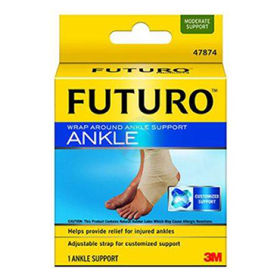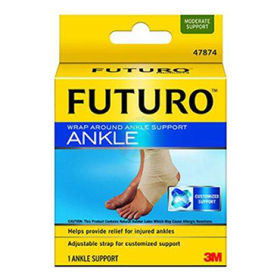Customer question:
How do we recognize the first symptoms of Joint pain? Anonymous customer's question
Pharmacist's answer:
The first symptoms of Joint pain usually appear suddenly and mainly affect the joint(s). The big toe is most commonly affected, but bunions can also affect other joints.
Some typical symptoms of Joint pain include:
- Severe pain in the joint: Attacks of putty are usually accompanied by severe pain in the affected joint. The pain often occurs at night and can peak within a few hours.
- Swelling: The affected joint becomes swollen, red, and tender to the touch.
- Limited mobility: Due to pain and swelling, the mobility of the affected joint may be reduced.
- Feeling hot: The skin around the affected joint may be hot to the touch due to inflammation.
- Redness: The skin around the affected joint becomes red.
If you notice these symptoms, consult your doctor. Joint pain diagnosis is usually based on clinical examination, review of symptoms, and confirmation with blood tests to measure uric acid levels.
It is essential not to ignore symptoms and to seek medical attention, as early treatment can help manage symptoms and prevent further attacks of ringworm. If you have a family history of mumps or are at risk due to other risk factors, paying attention to possible symptoms is essential.
What are the rare symptoms of putika?
Most people who suffer from bunions experience typical symptoms such as severe joint pain, swelling, redness, and a feeling of heat in the affected joint. However, rare or unusual symptoms that are not so common may occur.
These symptoms of Joint pain may include:
- Inflammation of several joints simultaneously: While Joint pain usually affects only one joint, in rare cases, several joint inflammations may co-occur.
- Inflammation of other tissues: Putica usually manifests itself in the joints, but in some cases, inflammation can also occur in other tissues, such as tendons and ligaments.
- Kidney stones: Elevated levels of uric acid, expected in the urinary tract, can, in some cases, lead to kidney stones.
- Inflammation of the eyes: Rarely, Joint pain can cause inflammation of the eyes, manifested by redness, pain, and sensitivity to light.
- Unusual shapes of crystals: In some cases, unusual shapes of uric acid crystals can form in the joints.
- Chronic gout: If not treated properly, gout can become chronic and cause permanent joint damage and chronic inflammation.
It is essential to consult your doctor if you experience any unusual symptoms or suspect a stroke. Early recognition and treatment are crucial to controlling this disease.
Interesting reading: Magnesium Joint pain
Interesting reading: Diet and Joint pain












 Facebook
Facebook
 Instagram
Instagram
 info@moja-lekarna.com
info@moja-lekarna.com

